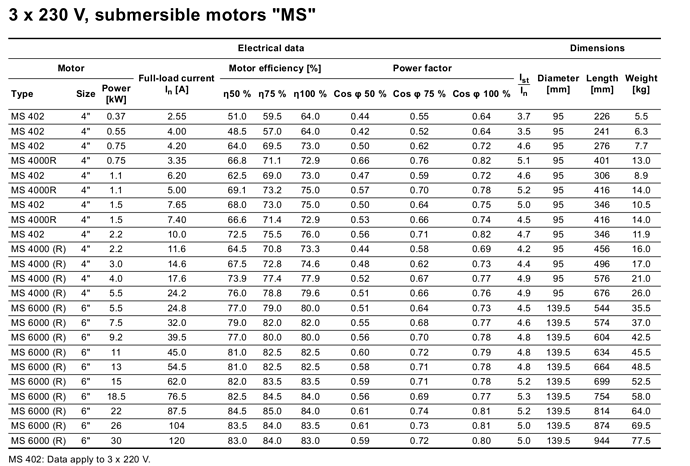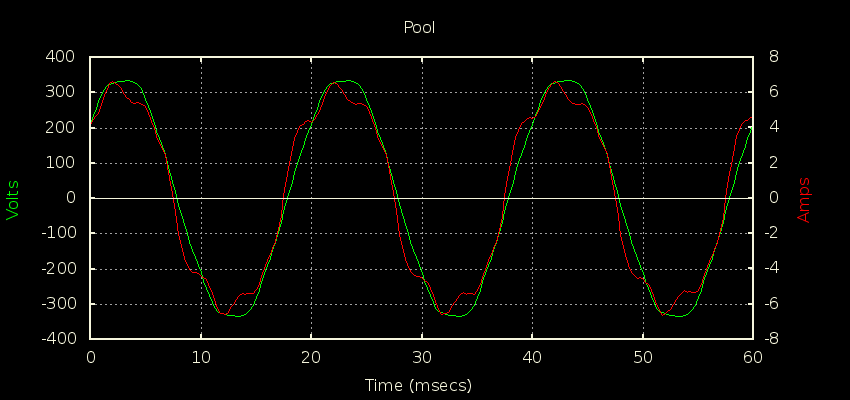Hi!
I’ve installed an EmonPi with a CT sensor to measure the current on one phase of a water pump (slightly unusual use I know, but was just trying it out).
As the voltage of the pump is about 415V, I can’t install the AC power adaptor. I know that the Emon software assumes 230V for the voltage, if no sensor is applied, but what is the default phase shift? (I assume zero if it is mostly for home use?). I’ve been scaling the calculated power for a 0.8 phase shift for a water pump, and a higher voltage, and 3 phases.
I also have a hypothetical question as I’ve realised it isn’t possible because the pump is run off a VFD which doesn’t have a neutral output (it only gives 3 output voltages which are at 415V so too high). But if by sake of argument, it did have a neutral, and I could therefore wire up a plug going from neutral to phase, which would be at 220V (instead of the 415 voltage line to line), then could I use the AC transformer plug to measure the phase shift accurately?
When we calculate power, it is the line voltageline currentsqrt(3)*power factor.
Assuming I can measure line current, and infer line-line voltage from my measurement of neutral to line, would the measurement of neutral to phase and the measurement of line current give the correct power factor in the software to calculate power? Is the line voltage phase shift the same as the ‘neutral to line’ phase shift?
Not sure if that makes sense or if I’m being confused about nothing, but would appreciate someone who knows this stuff to help clear it up in my head!
Thank you!


